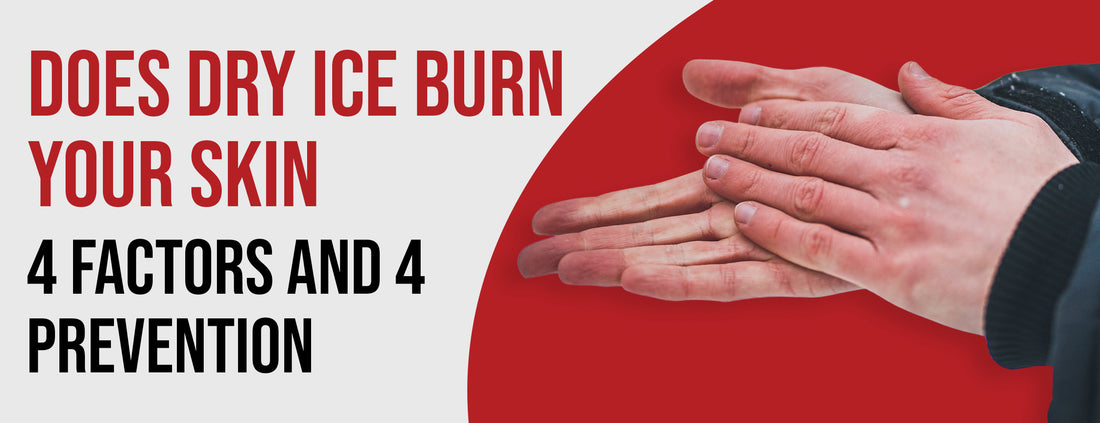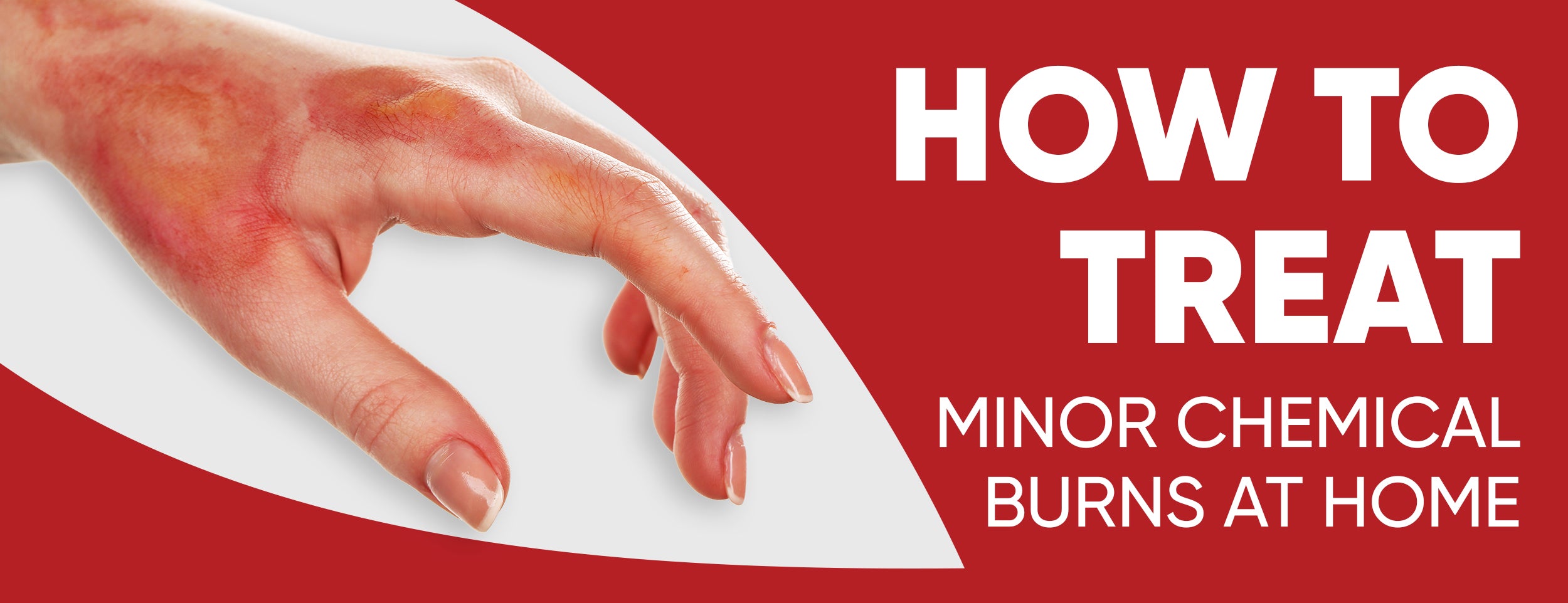A dry ice block is much colder than a regular ice block and may cause frostbite-like burns on the skin. Wear insulated gloves when handling it. You should use safety glasses and a face shield if cutting or chipping it.
Yes, dry ice can burn your skin. Skin contact with it can result in frostbite-like injuries. If you experience a dry ice burn, treat it like frostbite or a burn from heat, and seek appropriate medical attention.
We will discuss the factors that affect dry ice burns, the associated risks and symptoms, and the prevention and safe use of dry ice.
Does Dry Ice Burn Your Skin: 4 Factors
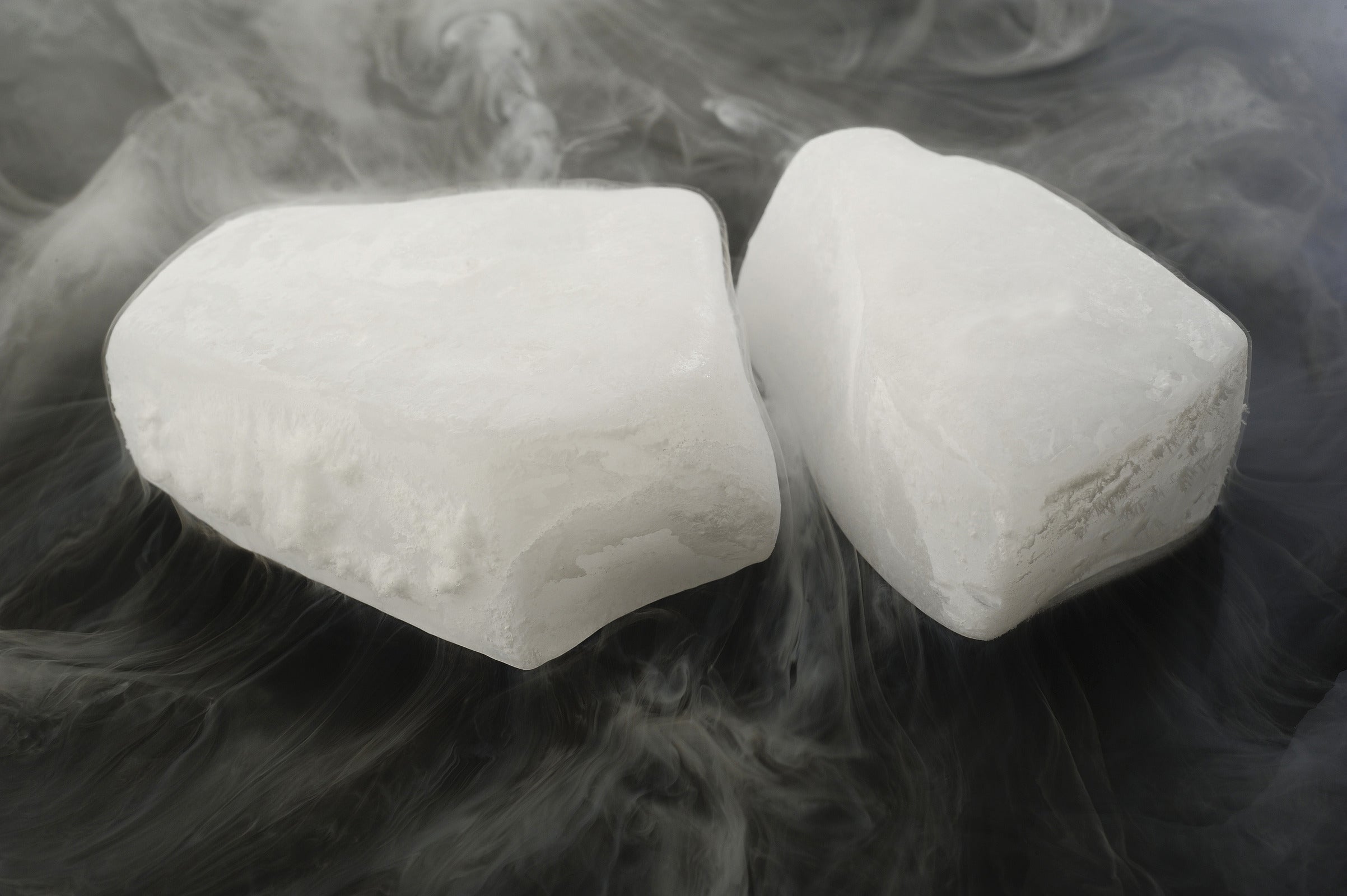
When dry ice touches the skin, it can cause severe burns that take time to heal. Burn severity is determined by a number of factors, and understanding them is crucial for preventing such accidents. Here are some of them:
Temperature of the Dry Ice
Dry ice is freezing, with a temperature of around -78.5°C (-109.3°F). This low temperature can cause instant freezing of the skin cells, leading to frostbite and severe burns. The severity of the burn increases with the temperature of the dry ice. The lower the temperature, the more severe the burn.
Exposure Time
The longer the exposure time with dry ice, the more damage it can cause to the skin. The severity of the burn depends on the duration of exposure. Even brief exposure can cause significant harm.
Size and Quantity of Dry Ice
The size and quantity of dry ice in contact with the skin also affect the severity of the burn. More massive blocks can cause more severe injuries than smaller ones. A higher quantity of dry ice can also pose a greater risk.
Type of Contact with the Skin
The type of contact with the skin also plays a significant role in determining the severity of the burn. Direct contact with dry ice can cause severe freezing and burns. Indirect contact, such as touching a surface contaminated with dry ice, can also be harmful.

Dry Ice Burns Your Skin: Risks and Symptoms
Dry ice burns can be painful and uncomfortable. Severe cases may even require medical attention. Here are some of the most common risks and symptoms associated with dry ice burns:
Pain and Discomfort
When you come into contact with dry ice, you may experience immediate pain and discomfort. The sensation is similar to a regular burn, but it may be more intense due to the extreme cold temperatures of dry ice.
Swelling and Redness
After being exposed to dry ice, your skin may become swollen and red. The affected area may also feel numb or tingly, which can be alarming.
Blisters and Skin Damage
If the exposure to dry ice is prolonged or the affected area is not treated correctly, blisters may form on the skin. These blisters can be painful and may even burst, leading to permanent skin damage.
Potential Complications
In some cases, dry ice burns can lead to complications such as infection and scarring. Therefore, seeking medical attention is critical if you suspect you have suffered a dry ice burn.
Burns Caused By Dry Ice: 4 Prevention
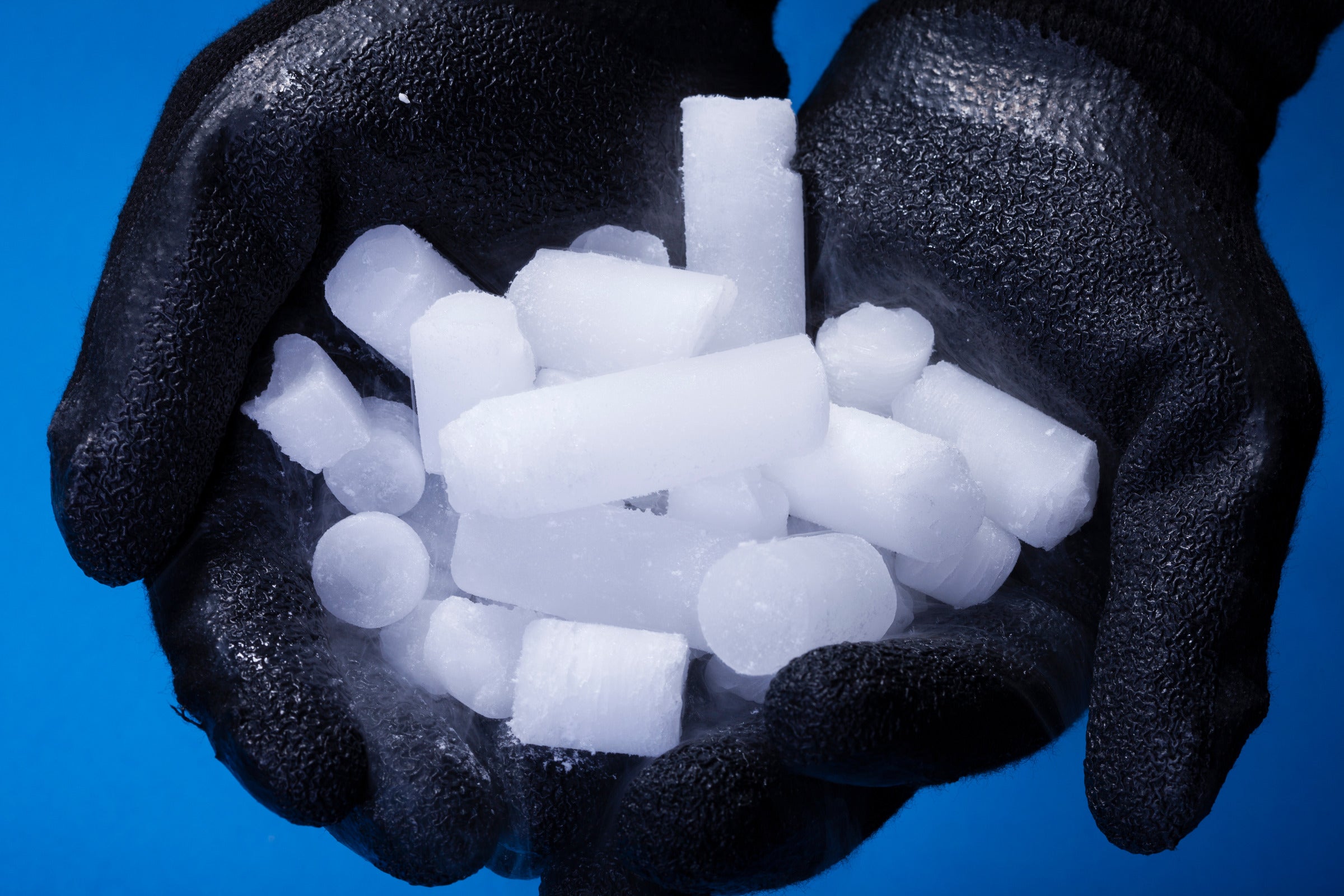
As exciting and functional as dry ice can be, it poses a significant threat to the skin and eyes if not handled correctly. By following these safety guidelines, you can minimize the risk of injury and ensure the safe use of dry ice.
Proper Handling and Storage of Dry Ice
Dry ice is relatively safe if handled correctly but can be hazardous. Here are some tips for secure handling:
- Use only adequate, insulated gloves or tongs when handling dry ice, and never touch it barehanded.
- Do not store dry ice in airtight containers, as it releases gas that needs to escape.
- Keep dry ice in an excellent, well-ventilated storage space and away from direct sunlight or heat sources.
- Always have a carbon dioxide alarm or monitor to detect gas leaks and ensure ventilation.
Protecting Yourself with Proper Equipment
Dry ice can easily cause injuries, especially to the eyes and skin. Proper protective equipment can help to prevent such injuries. Here are some necessary precautions:
- Always wear goggles and gloves when handling and transporting dry ice.
- Do not wear synthetic material gloves, as they may freeze your skin and lead to burns.
- Wear long sleeves and pants when working with dry ice to minimize accidental contact.
Avoiding Direct Skin Contact
Direct skin contact with dry ice is the most significant cause of burns. Here are some preventive strategies:
- Avoid direct contact between dry ice and skin, as it can result in severe injuries.
- In case of accidental skin contact, run the affected area under warm water for several minutes until the area has warmed up.
- Seek medical attention immediately if there are blisters, scarring, or extensive tissue damage due to skin burns.

Essential First Aid Measures
Knowing what to do to minimize injury in case of accidental skin contact with dry ice is essential. Here are some first-aid measures:
- Remove any dry ice from the affected area immediately.
- Run warm water over the affected area for several minutes.
- Avoid rubbing or massaging the affected area, as it may cause more damage.
- Seek medical attention as soon as possible if you have extensive skin damage, numbness, or severe pain.
Skin Burns From Dry Ice: 3 Tips for Safe and Effective Use
One of the most common concerns is whether dry ice can burn skin. We will explore this question and provide tips for the safe and effective use of dry ice.
Guidelines and Instructions
Before using dry ice, it is crucial to read and follow the instructions and guidelines provided by the supplier. Dry ice is a hazardous material that requires careful handling to avoid accidents or injuries. Here are some reasons why you should take instructions and guidelines seriously:
- Dry ice is freezing, ranging from -78°C to -109°C. Direct contact with skin can cause frostbite, burns, or tissue damage.
- Dry ice can release large amounts of carbon dioxide gas, displacing oxygen in confined spaces and leading to suffocation.
- Dry ice can explode or cause pressure buildup if stored in sealed containers or large quantities.
Recommended Applications
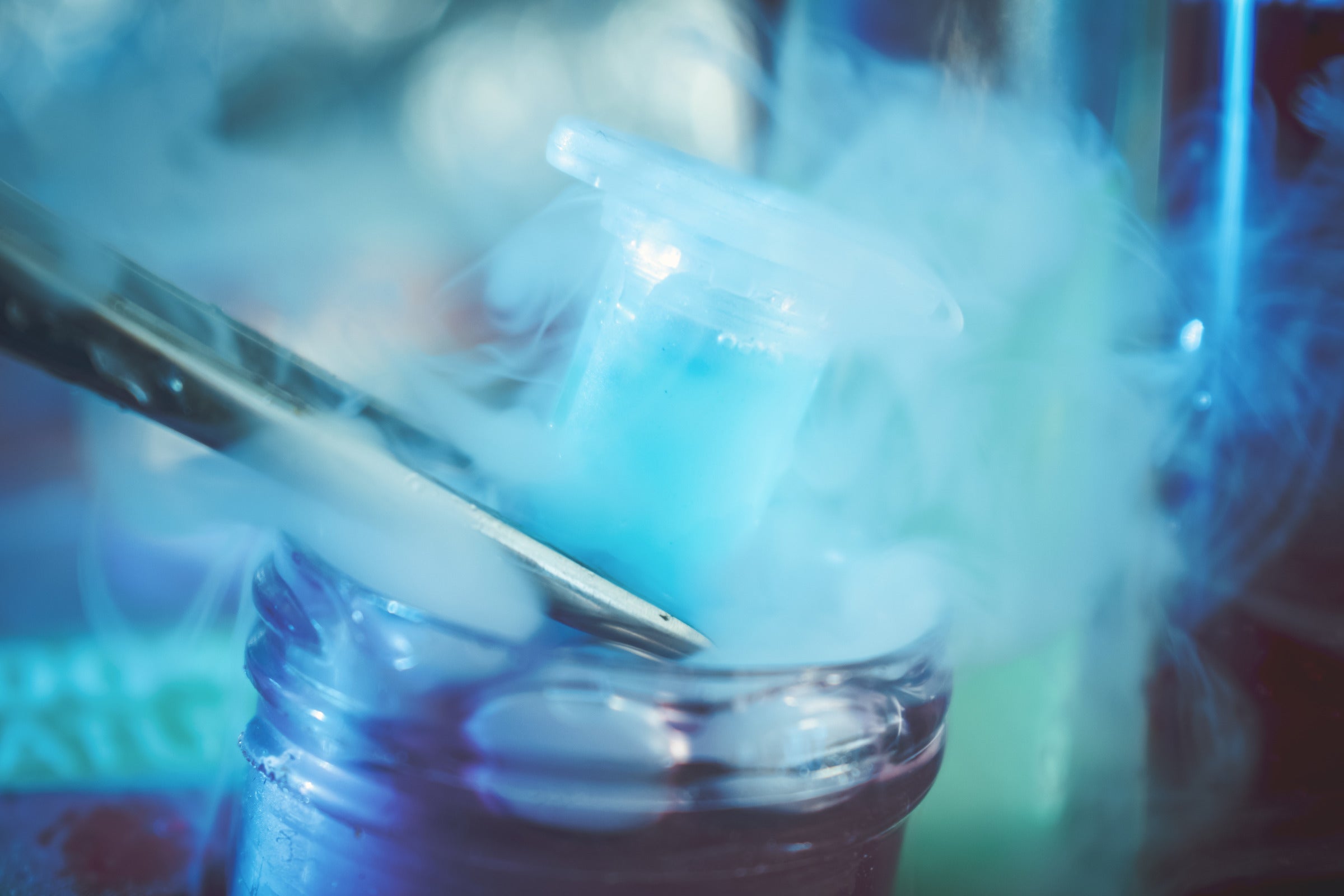
Dry ice is best used for short-term effects, such as creating fog or theatrical smoke. To ensure safe and effective use, here are some recommended applications and precautions:
- Wear protective gear, such as insulated gloves, goggles, and a face shield, when handling dry ice.
- Use dry ice in well-ventilated areas and avoid inhaling the gas.
- Do not touch dry ice with bare skin, and avoid prolonged exposure.
- Dry ice should not be stored in airtight containers or unventilated areas.
- Do not dispose of dry ice in sinks or trash cans. Let it evaporate in a ventilated area or use it for other, such as cooling food or beverages.
- Do not transport dry ice in passenger vehicles or airplanes unless permitted by the regulations.
Alternative Options for Similar Effects
Other options are available if you want to create fog or other visual effects but avoid using dry ice. Here are a few examples:
- Regular ice or water vapor can create a misty effect without the risks of dry ice.
- Dry ice alternatives like glycol or fog machines can produce similar effects with safer substances.
- Natural elements like dry ice or liquid nitrogen can create fog or smoke effects outdoors with proper ventilation and safety precautions.
Conclusion
Dry ice can cause burns to the skin, which can range in severity depending on various factors. By taking proper precautions and following safe handling practices, the risks can be significantly reduced.
Always wear protective gear, avoid direct skin contact, and seek medical attention if necessary. With these tips, you can use dry ice safely and effectively.

